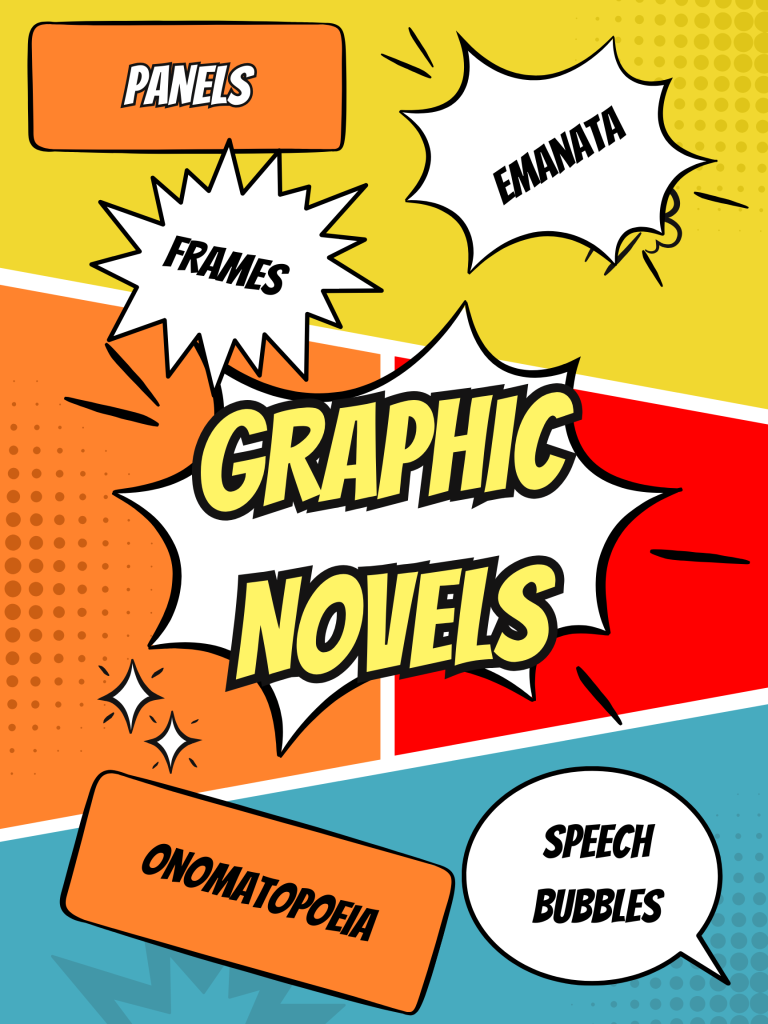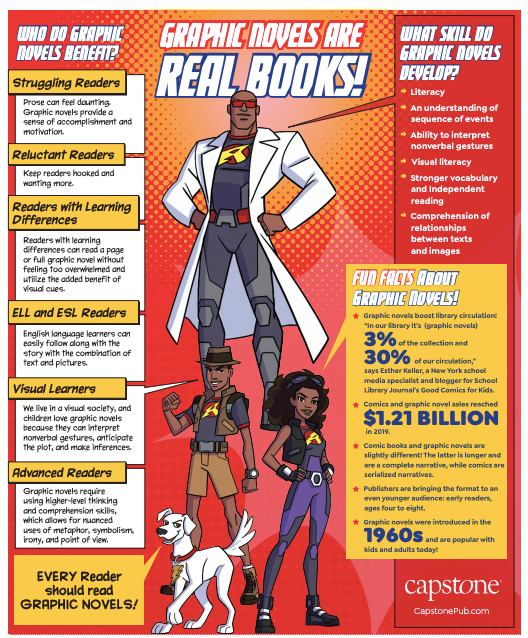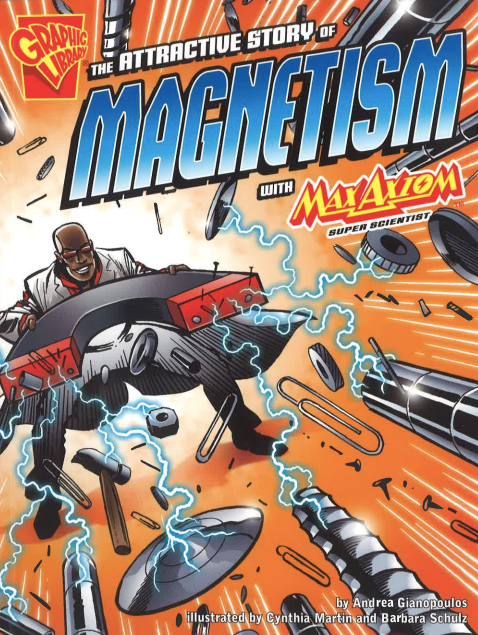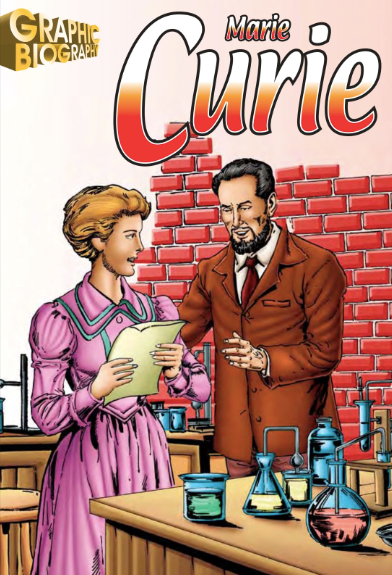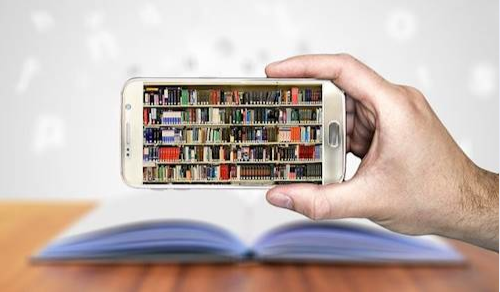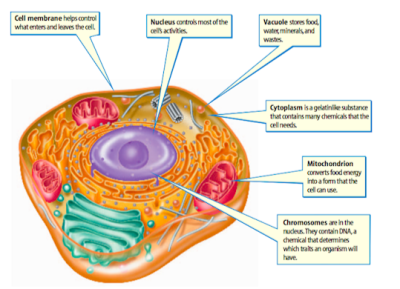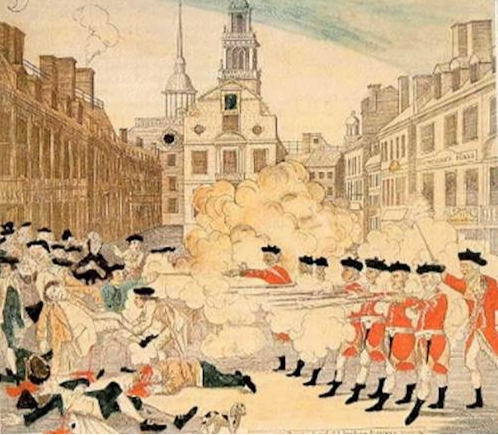Graphic novels are an often-overlooked resource that can enhance your reading curriculum and offer a fresh approach to literacy. These visually rich narratives combine text and illustrations to create engaging stories that cater to diverse learning styles and interests.
What Exactly Is a Graphic Novel?
When talking about graphic novels in education, it’s a reference to a format rather than a specific genre. A graphic novel presents subject matter—whether it’s science, history, literature, or math—through a visual and sequential format, combining illustrations, panels, and text to tell a story or explain concepts.
Graphic novels are like extended comic books, but with more substantial content and often tackling subjects you’d find in traditional textbooks, just presented in a more visually appealing way.
Graphic Novel Publishers
(We may earn a commission if you click and purchase through the following links):
Why Reluctant Readers Enjoy Graphic Novels
Colorful Visuals
Some kids just don’t get excited about pages full of text. Graphic novels help by pairing words with vibrant illustrations that capture attention. The visuals provide context clues that help readers understand the text, making the reading experience less intimidating and more enjoyable. For visual learners especially, this format can be a game-changer, turning “I have to read” into “I want to read!”
Breaking Down Complex Concepts
Graphic novels use speech bubbles and dialogue to chunk information into digestible bites. Complex ideas become approachable when presented through character conversations and illustrated scenarios.
This format is particularly effective for abstract concepts that might otherwise seem dry or difficult to grasp. Scientific processes, historical events, or literary themes come alive when visualized in sequential panels.
Benefits of Graphic Novels
A common concern about graphic novels is that they aren’t “real reading” or might actually hinder reading development. There’s research, however, that suggests the opposite. The combination of text and images supports reading comprehension and vocabulary development, and can help readers tackle more challenging texts in the future.
A Bridge Between Reading Levels
Graphic novels serve as a bridge between picture books and chapter books, helping children transition to longer and more complex texts without feeling overwhelmed. This transitional role makes them great for kids who are ready to move beyond simple texts but aren’t quite ready for dense paragraphs.
Even for older children, graphic novels can be stepping stones toward more sophisticated literature. They provide a comfortable middle ground where kids can explore complex narratives while still having the support of visual elements.
Building Critical Thinking Skills
The combination of text and images in graphic novels creates opportunities for developing critical thinking skills such as:
- Analyzing visual cues alongside text
- Making inferences based on both written and visual information
- Recognizing emotional expressions and body language cues
- Developing cause-and-effect reasoning through sequential storytelling
Here are some examples of how you can use graphic novels for lessons:
- Use Investigating the Scientific Method with Max Axiom with this Interactive Notebook
- This Scholastic guide has discussion questions you can use for any graphic novel and other activities
- Here are some worksheets for graphic novel analysis as well as reading suggestions
Inspiring Creative Expression
When reading graphic novels, some kids are inspired to create their own comics and stories. These can be used as a more fun alternative to traditional writing assignments. For some ideas on how to develop those artistic and literary skills, check out StoryboardThat, a digital storytelling platform with scenes, layouts and characters for building stories. The free option lets you create two free storyboards per week.
Variety of Graphic Novels
The world of graphic novels spans a variety of genres:
(We may earn a commission if you click and purchase through the following links):
- Fiction and fantasy adventures
- Historical fiction and non-fiction accounts of real events
- Biographies and autobiographies
- Science and nature explorations
- Classic literature adaptations
With such variety you’re likely to find graphic novels that align with whatever subject you’re currently teaching and that will hopefully peak your kids’ interests.
Have you used graphic novels as part of your homeschool lessons? List your faves and how you use them in the comments.

